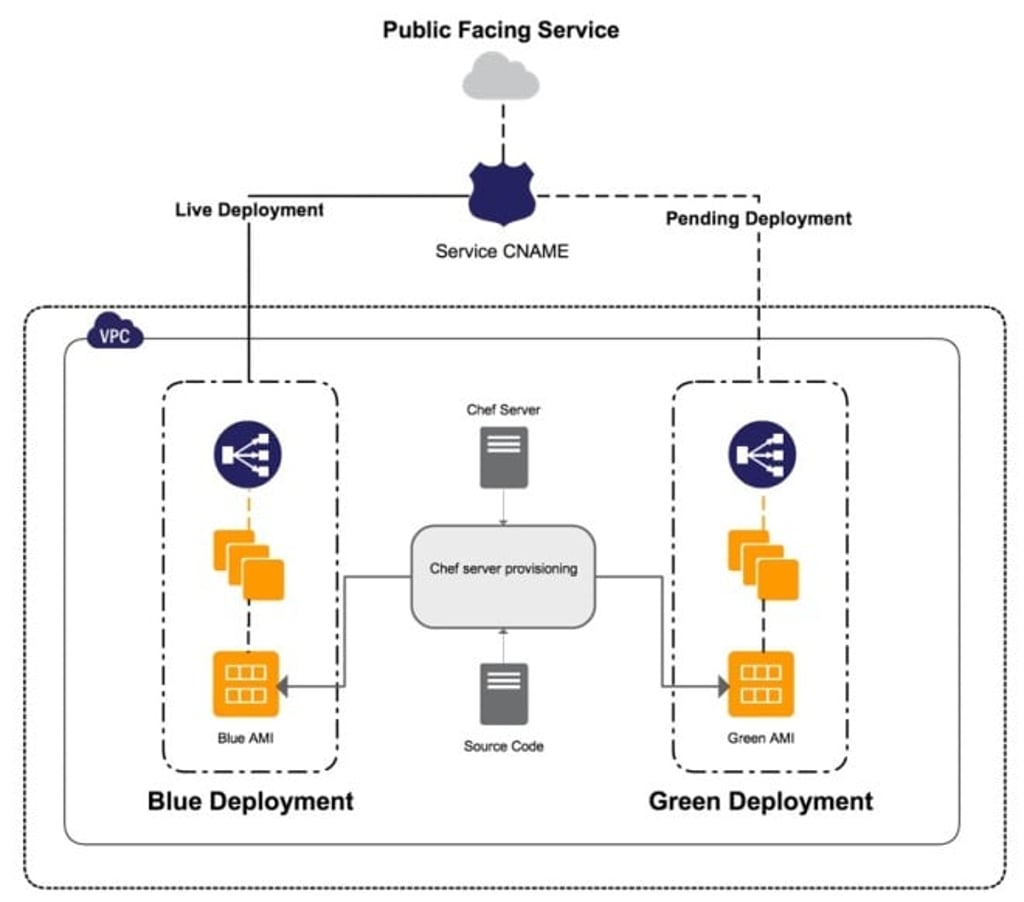Early Cloud Adopters Bridge the Data and Security Gap in Travel

[The content of this article has been produced by our advertising partner.]
Doesn’t matter if you’ve finished ticking off your travel bucket list, chances are you’re already well familiar with Expedia and Airbnb, which have become huge success stories both within and outside of the travel industry. As one of the first online travel agencies and property marketplaces respectively, Expedia and Airbnb have no doubt blazed the trail by adopting AI and cloud computing relatively early in their business. With Amazon Web Services (AWS) at the back-end, the companies have bridged the gap in data processing and security, successfully standing out from the pack to create exciting new experiences for customers.

Airbnb in particular, has come a long way since its humble beginnings. What started as two flatmates hosting conference attendees on air mattresses for extra cash, grew into an international peer-to-peer lodging platform that has since welcomed over 1.5 billion guests, forever changing how wanderlusts find accommodation. However, faced with service administration challenges in 2009, the one-year-old startup was struggling due to high customer demand, thus migrating nearly all of their functions to Amazon Web Services (AWS) for better efficiency. The entire database migration was done within just 15 minutes, meaning that users did not have to experience prolonged downtime, and Airbnb now uses Amazon Elastic MapReduce to process plus analyze over 50 Gigabytes of data daily, while housing backups and static files on Amazon Simple Storage Service. To simplify time-consuming administrative tasks, AWS Management Console completes replication, scaling and other difficult procedures associated with databases with a basic API call, enabling maximum performance across the board.

Expedia had engaged the AWS team in 2010 with a similar goal: improve processing speed and accuracy to keep site abandonment rates at a minimum. By involving AWS in the development of Expedia Suggest Service, the partnership not only solved Expedia’s long-standing latency issue, the introduction of an AI-driven typeahead system also served as a first-of-its-kind surprise to the industry at the time. By going all in switching from traditional data centers to cloud, average network latency dropped from 700 milliseconds to less than 50 milliseconds. Even more importantly, a 230 percent CPU consumption efficiency in data processing was achieved. Streams of data such as clickstream, user interaction, and supply data have since been stored on Amazon Simple Storage Service then processed through Amazon Elastic Map Reduce. It may not come as a shock, but Expedia Group processes approximately 240 requests per second, and this high volume that is dreamt about by every business leader requires efficient yet reliable support.
Safeguarding Platforms for Seamless Operations
The emergence of AI and IoT technologies has sparked a worldwide movement advocating for increased ownership of personal data. For this reason, network safety should not be an after-thought, as it impacts business operations just as much as the customer experience. Ensuring security without compromising site speed, AWS makes sure dozens of background tasks are performed in conjunction with payment and other data-sensitive procedures. Airbnb uses Amazon CloudWatch, which allows the company to easily supervise all 200 Amazon Elastic Compute Cloud assets through the AWS Management Console, Command Line Tools, or a Web services API. Meanwhile for Expedia, an identity federation broker using AWS Identity and Access Management and the AWS Security Token Service was generated to enhance security and transparency of the Group’s Global Deals Engine. This allows better enforcement of password and permissions management within the company’s directory, easing the implementation of group policies and other governance rules. Having grown confidence in the collaboration, Expedia then went on to consolidate all AWS accounts under one, provisioning one Amazon Virtual Private Cloud network per region with an isolated infrastructure. The framework consists of a separate firewall, application layer, and database layer, in turn applying multiple security layers to safeguard applications and services. Given that critical applications are run in multiple availability zones in different regions, data is always available and even when there is an unfortunate case of disaster, recovery can be immediate. With solid safety measures in place, companies like Airbnb and Expedia could therefore enjoy a peace of mind, concentrating efforts on cultivating the best travel stories.
Customizing Solutions for Unique Experiences
Mr. Magesh Chandramouli, Principal Architect at Expedia Group, commented, “When I think of AWS, freedom is the first word that comes to mind.” Navigating an evolving business landscape can be daunting, but a business that rides the current and adapts to technological advancements will continue to flourish. Product developers are given the liberty to explore the depths of their imagination, and the best reassurance is to know that any idea can become reality with today’s technology. Airbnb, for an example, has adopted almost every feature within the AWS ecosystem, but the potential is still endless. Mr Tobi Knaup, Engineer at Airbnb, remarked, “We’ve seen that Amazon Web Services listens to customers’ needs. If the feature does not yet exist, it probably will in a matter of months.” This truly demonstrates the variety of solutions that are on offer, and gives a glimpse of the AWS team’s dedication towards enhancing adoption of innovative technologies in the travel sector.
